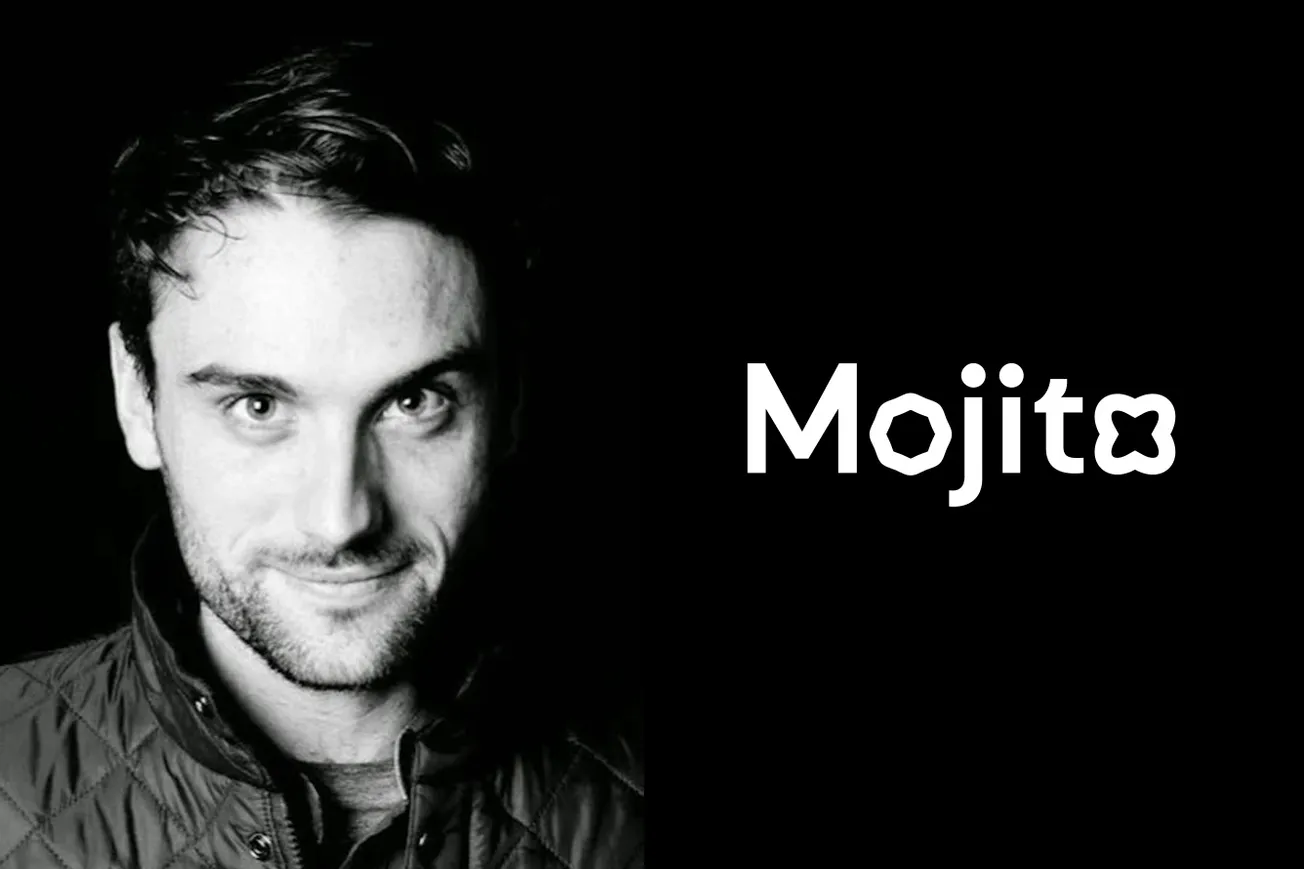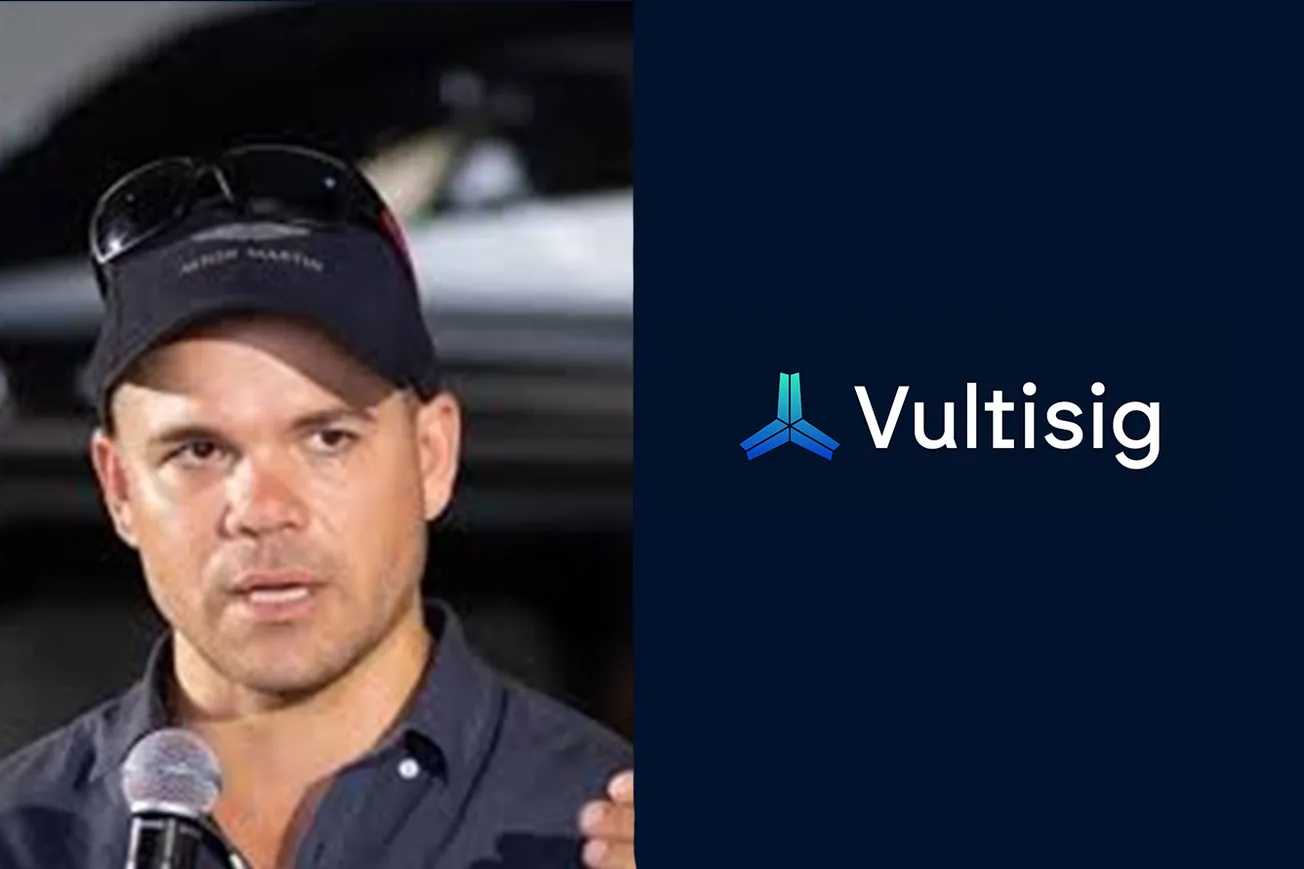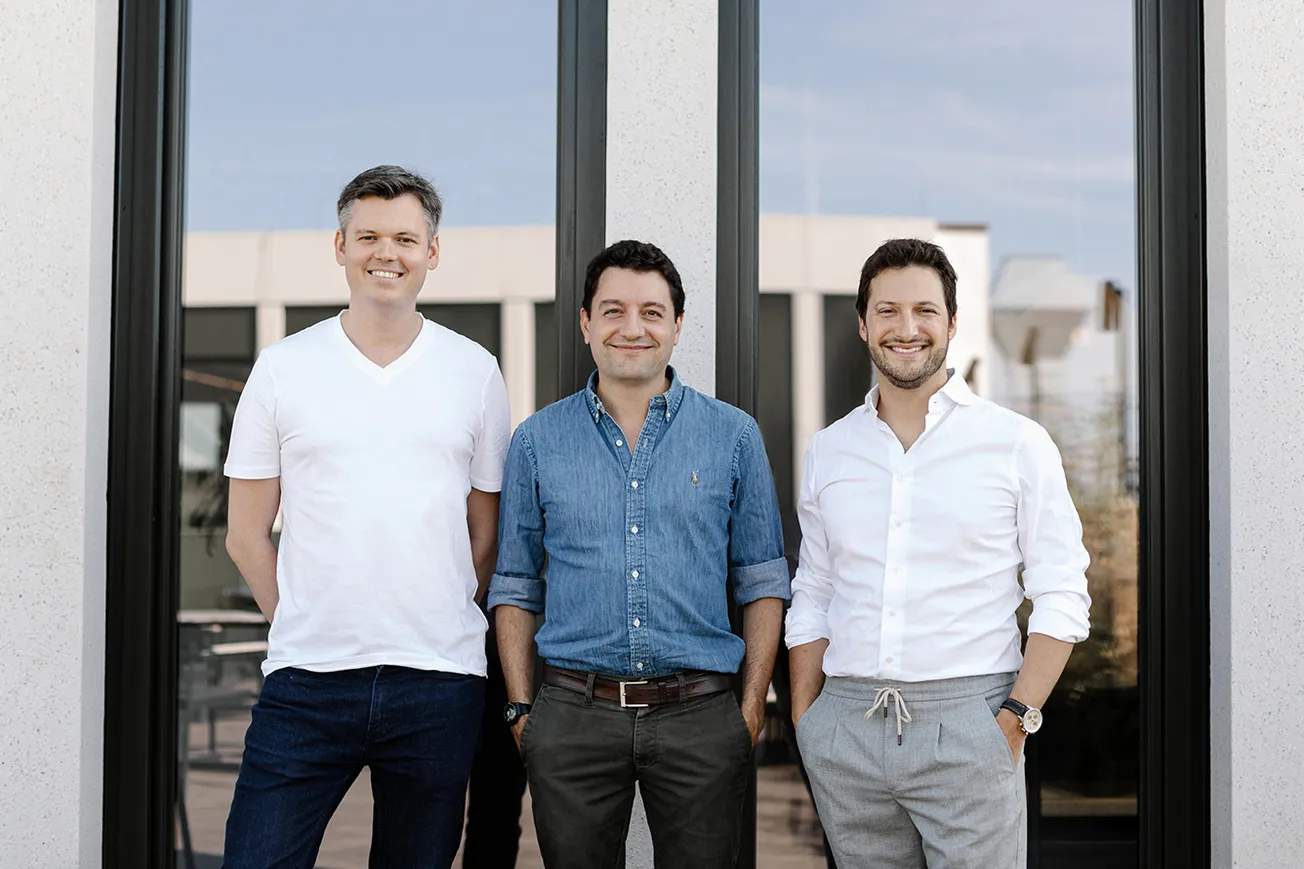Table of Contents
In an exclusive interview with The Founder, we speak with Neil Mullins, CEO of Mojito, a pioneer in web3 commerce technology. With Mojito recently launching Mojito Loyalty, a fully customizable onchain loyalty platform built for web3-native brands, Neil shares insights into their vision for sustainable community engagement, the tech behind the product, and how they’re solving one of the most persistent challenges in crypto today: user retention.
Neil, thank you for joining us! To start off, how did your journey into the world of web3 and digital commerce begin?
I’ve been fascinated by blockchain since its earliest days, even though most of my career was firmly planted in the web2 world. My background’s a bit unconventional—I studied Pharmaceutical Engineering, got an MBA, and never shy away from diving into something new.
Before landing at Gin Lane, I hopped through a few different roles, picking up everything from hands-on engineering to product strategy. Gin Lane was where I really got to stretch my wings—running the engineering team and building tech for some well known startups like Sweetgreen and Harry’s. Those projects taught me how to turn bold ideas into products people actually use and how to spark genuine engagement with a brand.
Then came Pattern Brands, where I was part of the founding team and ran the product and data functions, incubating, launching, and even acquiring consumer brands. Along the way, I dipped my toes into creative adventures—supporting a touring art startup and writing a children’s book called Utomia—reminders that a fresh perspective often comes from trying something entirely different.
That blend of technical depth, business savvy, and creative curiosity is exactly why Mojito felt like the right next step. Onboarding all sorts of organizations—whether they’re traditional consumer brands, high-growth startups, or curious first-time builders—requires someone who can switch gears, speak multiple “languages,” and tailor our blockchain tools to fit each audience. These days, my team and I do exactly that: we help everyone we work with tap into web3’s unique engagement and loyalty opportunities, translating complex decentralized tech into something intuitive and valuable.
Outside of work, what inspires or energizes you the most—especially as a leader navigating a fast-moving space like web3?
I think I get inspiration from everything around me. Outside Mojito, I really switch between two worlds. At home, I’m dad first—two young kids mean our spare time is spent wandering parks, checking out playgrounds, or just watching them discover something new. Those moments ground me. They remind me that curiosity isn’t a luxury—it’s how we learn and grow, whether we’re two or forty-two.
The rest of my free time goes to meeting the people who are quietly building things in New York. I’ll pop into a friend’s studio, grab coffee with someone launching a small business, or drop by an informal meetup in a coworking space. It isn’t about hype or big conferences—it’s those honest conversations, hearing what’s working and where they’re stuck, that keep me sharp. Talking through real challenges helps me think about how to build web3 tools that actually solve problems, not just chase the latest trend.
Balancing family life with that builder's community energy is what fuels me. By Monday morning, I’m carrying both the simple joy I saw in my kids all weekend and the practical insights from real people around me. That blend—grounded curiosity plus everyday innovation—keeps me steady in a space that never stops moving.
Mojito is already known for enabling over $137 million in NFT sales for top-tier brands. What inspired the move into loyalty with Mojito Loyalty?
At Mojito, marketplaces have always been our specialty. In recent years, we’ve partnered with household names like Sotheby’s, Mercedes-Benz NXT, and CAA to launch on-chain marketplaces that feel entirely native to their audiences. From these collaborations, one thing became crystal clear: one-off drops aren’t enough. Brands and projects need ongoing, meaningful ways to engage and retain their communities. Mojito Loyalty is our solution. Building on our existing infrastructure, it becomes a full-cycle engagement platform—giving brands a toolkit to reward genuine participation and foster relationships that outlast the initial mint.
What makes Mojito Loyalty stand out from other web3 loyalty solutions currently in the market?
Most loyalty tools in web3 are either clunky dashboards or shallow points systems. They’re not built with authentic community growth in mind. Mojito Loyalty is different. It’s a true white-label product that integrates directly into a project’s existing frontend, with no third-party UX or branding. The platform is customizable, scalable, and designed to feel like a natural extension of your brand. Our goal is to help teams move beyond vanity metrics and start building programs that reflect their communities’ values and behaviors.
Why did you choose to build the platform on the Sui blockchain, and what benefits does that bring to users and brands alike?
We chose Sui because it delivers performance without sacrificing usability. For loyalty to work, participation has to be seamless. That means no gas fees, no confusing wallet popups, no friction. Sui’s architecture makes that possible. We tread blockchain like a backend service, and Sui allows us to do that in a way that’s fast, scalable, and invisible to the end user. In five years, people won’t say ‘web3 loyalty’--they’ll just say ‘loyalty’. Sui helps us build toward that future.
Many loyalty platforms feel like bolt-ons or afterthoughts. How does Mojito Loyalty ensure a seamless, native experience within a brand’s own environment?
We think of ourselves as infrastructure partners, not a layer on top. Mojito Loyalty integrates into your brand’s site, no separate URLs, no flashy Mojito logos, no weird redirects. That might sound small, but it makes a big difference in brand experience and user trust. It also lets our partners keep full control over the design, rewards, and UX. Our job is to provide the tolls and the engine. The brand owns the experience.
Can you share a real-world example—like your work with Cur8—where Mojito Loyalty has already made a measurable impact?
Cur8 is a great example. They’re a multi-chain digital art platform that was looking to deepen engagement across their collector base. Within a few weeks of launching Mojito Loyalty, they rolled out personalized challenges and saw thousands of users participate and earn rewards. What’s exciting is that users didn’t have to leave Cur8’s environment. Everything was embedded directly into their platform. We’re helping them build a system that rewards behavior long after the initial art drop.
You talk about loyalty being more than just a vanity metric. What, in your view, should loyalty actually look like in a decentralized, user-first future?
Loyalty shouldn’t be about farming points or running giveaways. It should be about recognizing real participation and giving users something they actually own in return. That could be access to gated communities, digital collectibles, IRL perks; whatever aligns with your community. In a decentralized future, we think loyalty will be portable, interoperable, and composable. Brands won’t just own loyalty data; users will too. And that will drive better outcomes for both sides.
How do you see loyalty and tokenized engagement evolving over the next few years in both the crypto-native and traditional brand spaces?
We’re moving toward a world where blockchain powers the backend of consumer engagement, without needing to call attention to itself. That means loyalty programs will become more dynamic, more interoperable, and more personalized. Traditional brands won’t adopt this because ‘it’s web3,’ but because it works better. And for crypto-native teams, it opens the door to deeper relationships that don’t rely on speculative hype.
For early-stage web3 teams or DAOs looking to build with Mojito Loyalty, what advice would you give them as they design their first loyalty programs?
Don’t overthink the tech. Focus on what your community already values, and build from there. Is it attending events? Sharing content? Leveling up their game? Completing onchain actions? Start small, use simple rewards, and measure what drives real engagement. We build Mojito Loyalty to be modular for this exact reason. You can evolve the program over time without disrupting the user experience. At the end of the day, it’s about building consistency, not flash.
Neil Mullins and his team at Mojito are rethinking how loyalty should work in a digital-first, ownership-centric world. With Mojito Loyalty, they’ve introduced a powerful and intuitive system that blends real engagement with cutting-edge tech, without sacrificing user experience. As web3 matures, conversations like this remind us that it’s not just about disruption, but meaningful connection and long-term value.











